When I am using native websocket API I can see just a payload in my chrome console for sockts:

But when I use socket.io with their emit event, I can see some strange numbers before my actual payload. I do understand that colors mean that you either send or received the data, but what does the numbers like 42, 3, 2, 430, 420, 5 mean.
Is there a place I can get a full list of these numbers with descriptions?

The code which generates it is kind of big, so I just post small snippets.
Client side always look like this:
socket.emit('joinC', room, function(color){ ... });
Server side looks like this:
io.sockets.in(room).emit('moveS', {...});